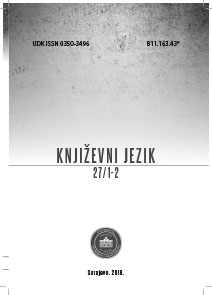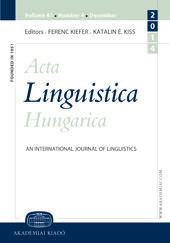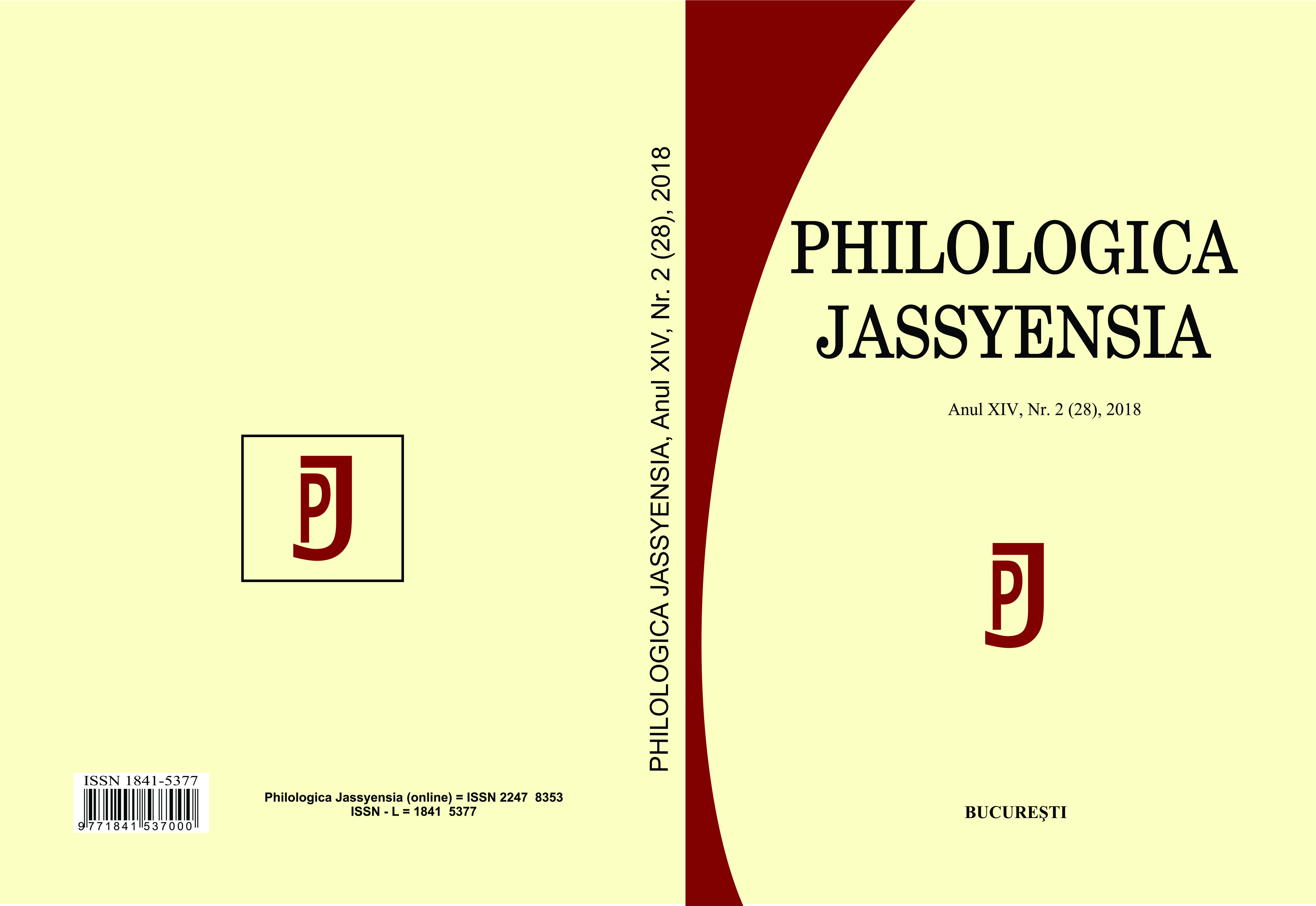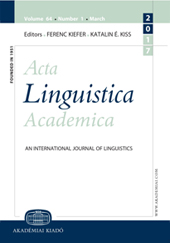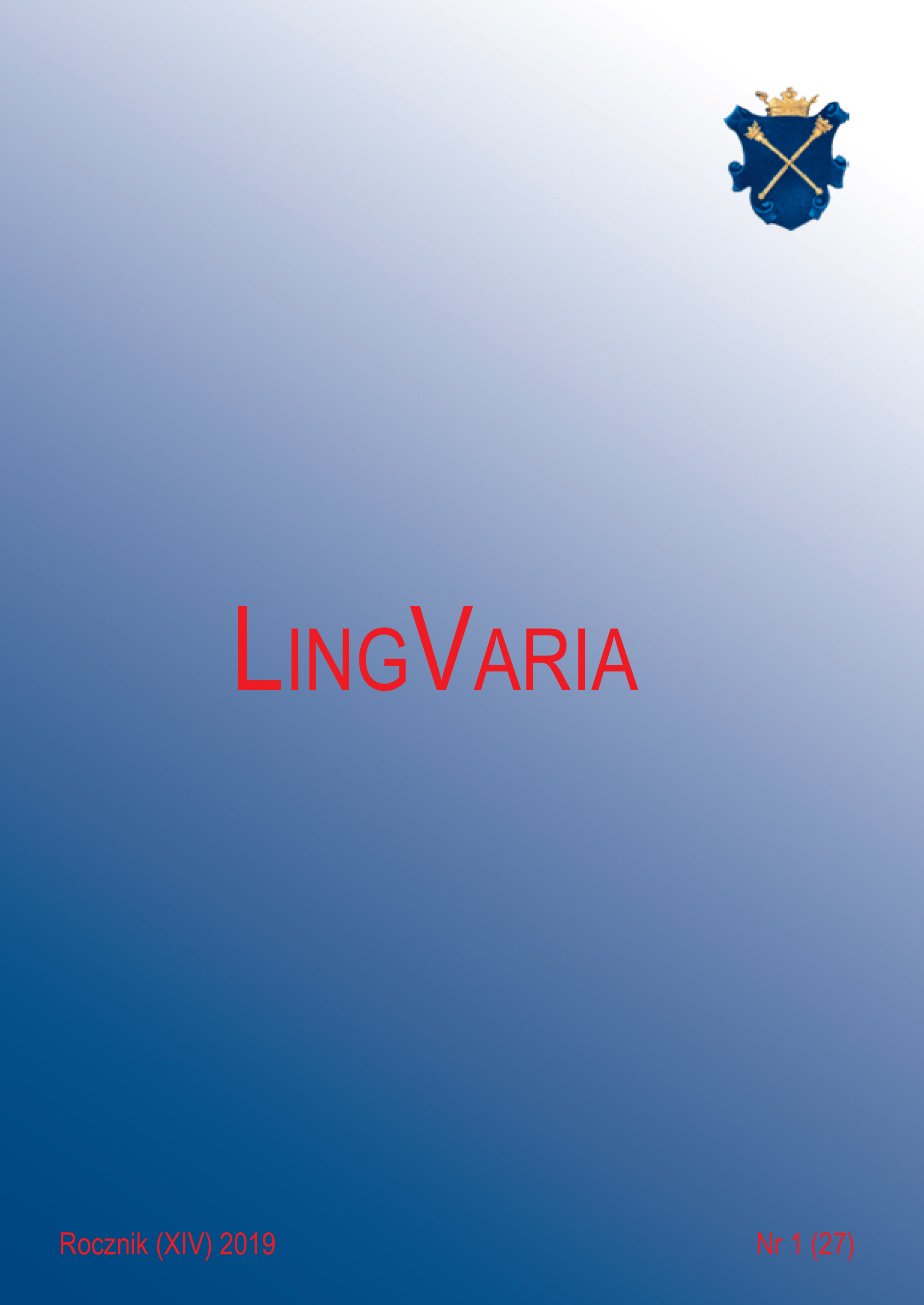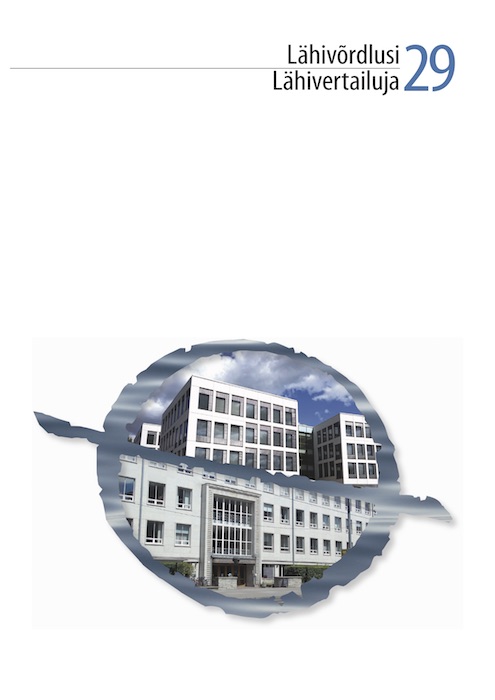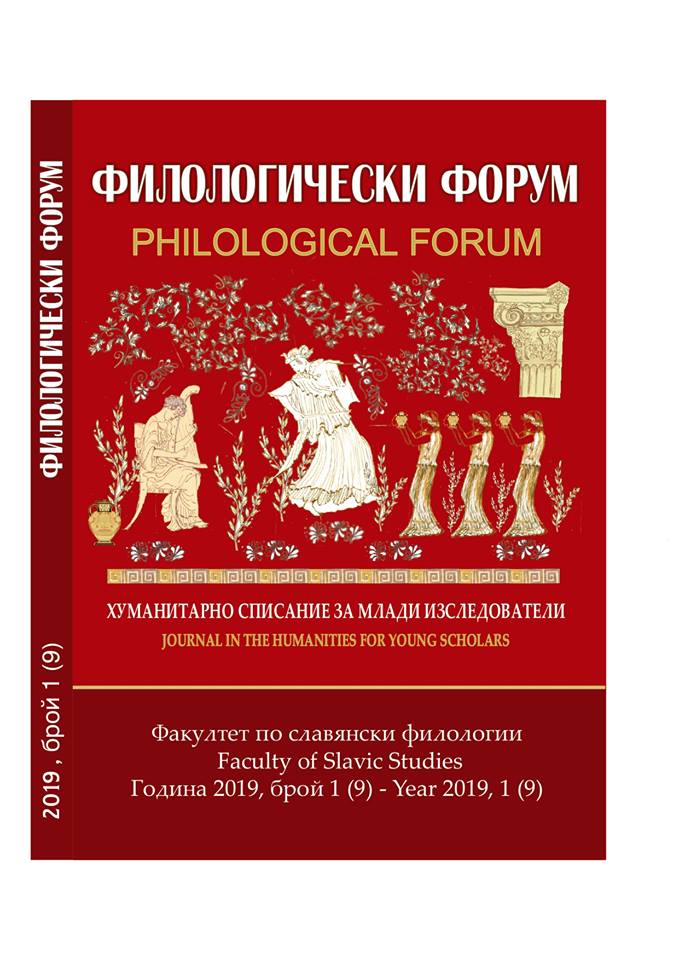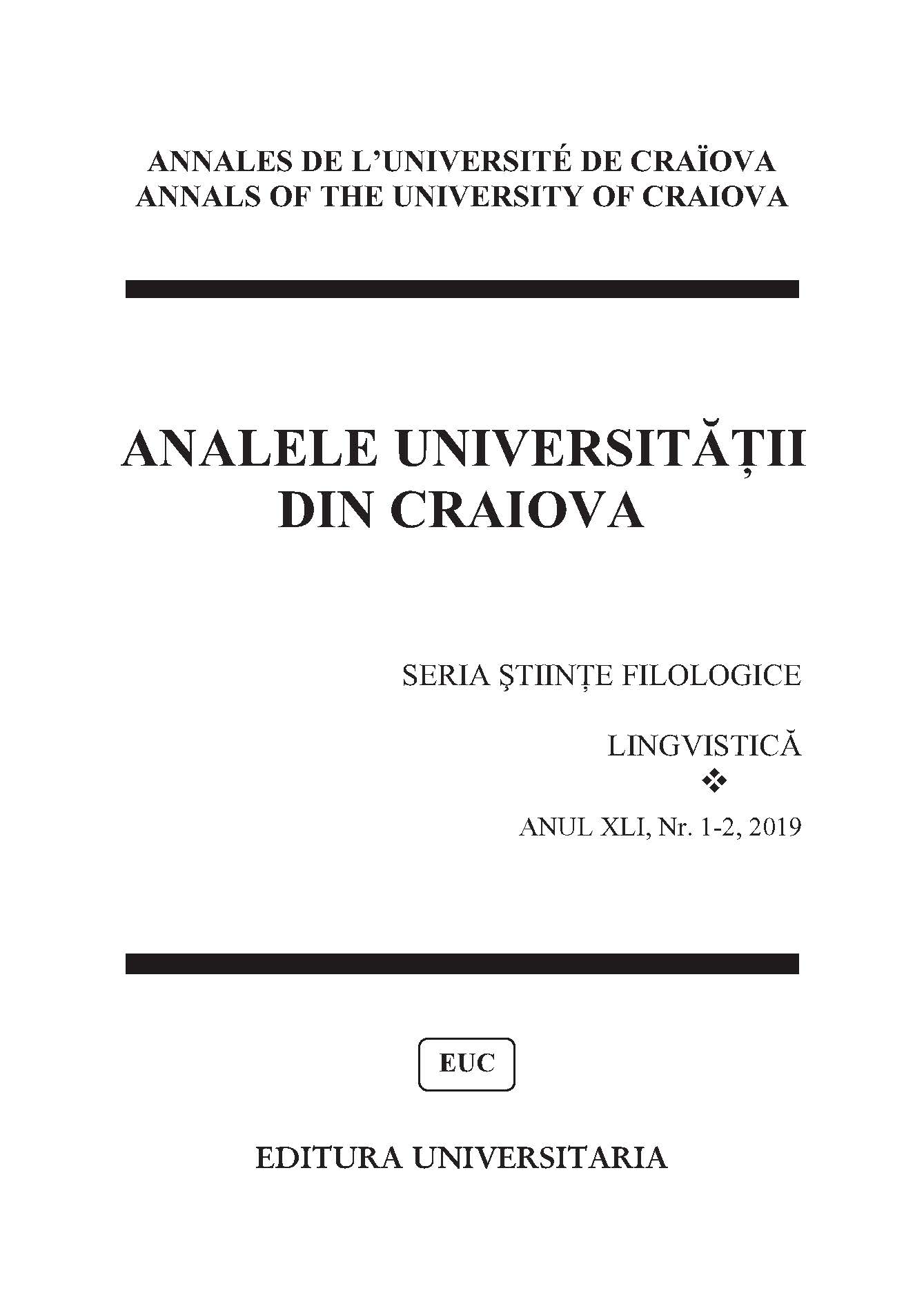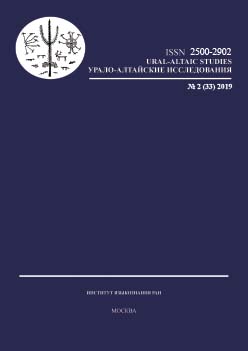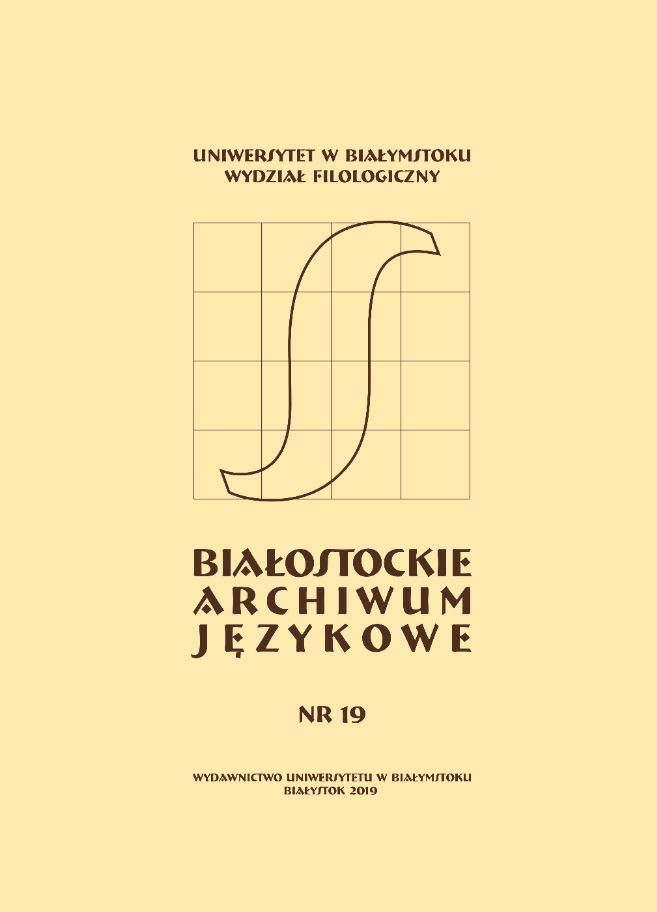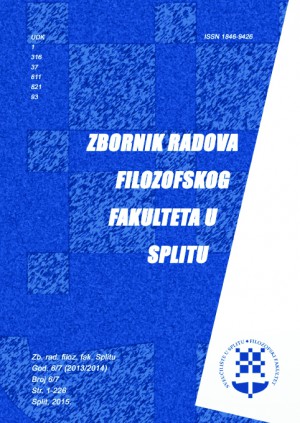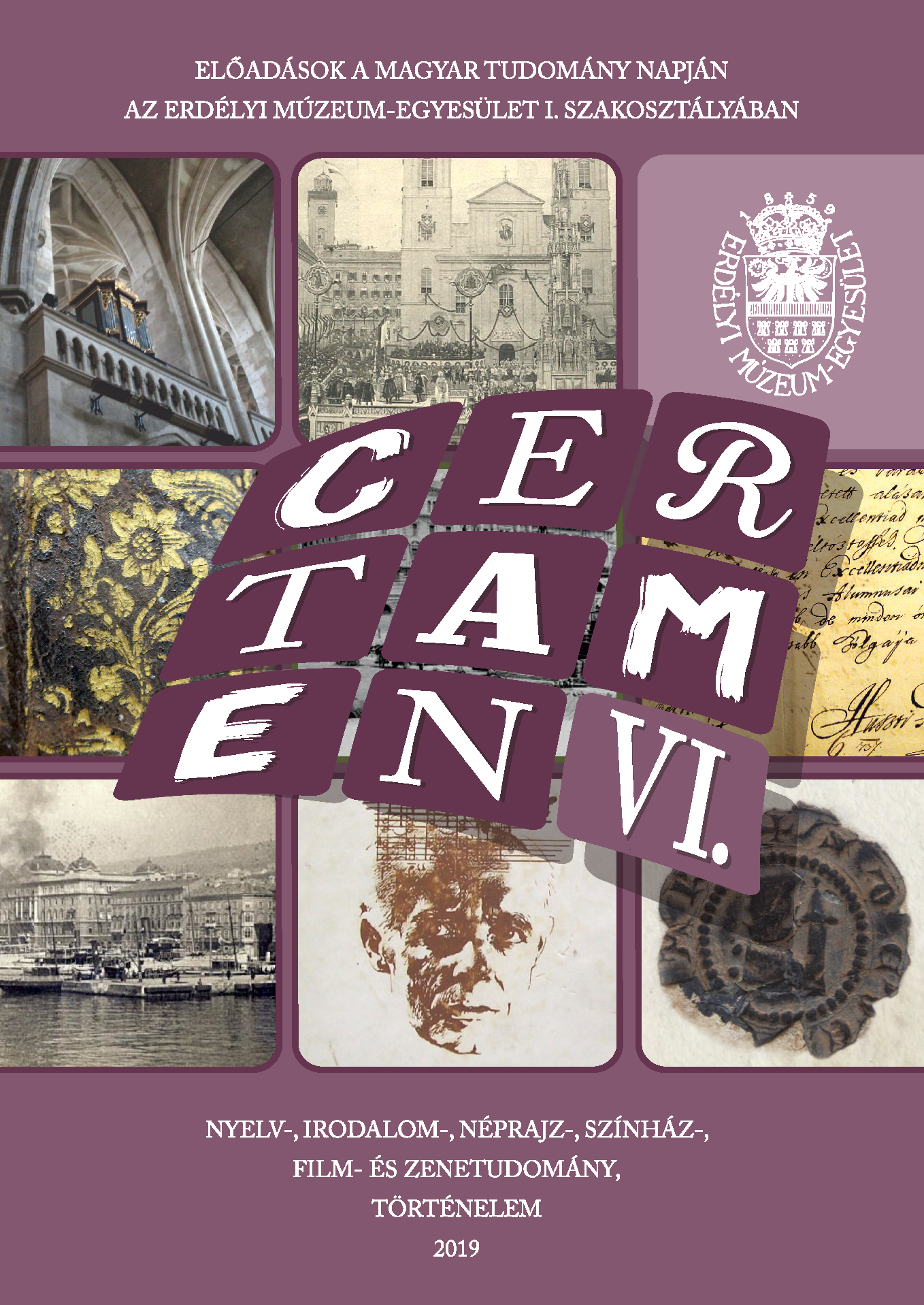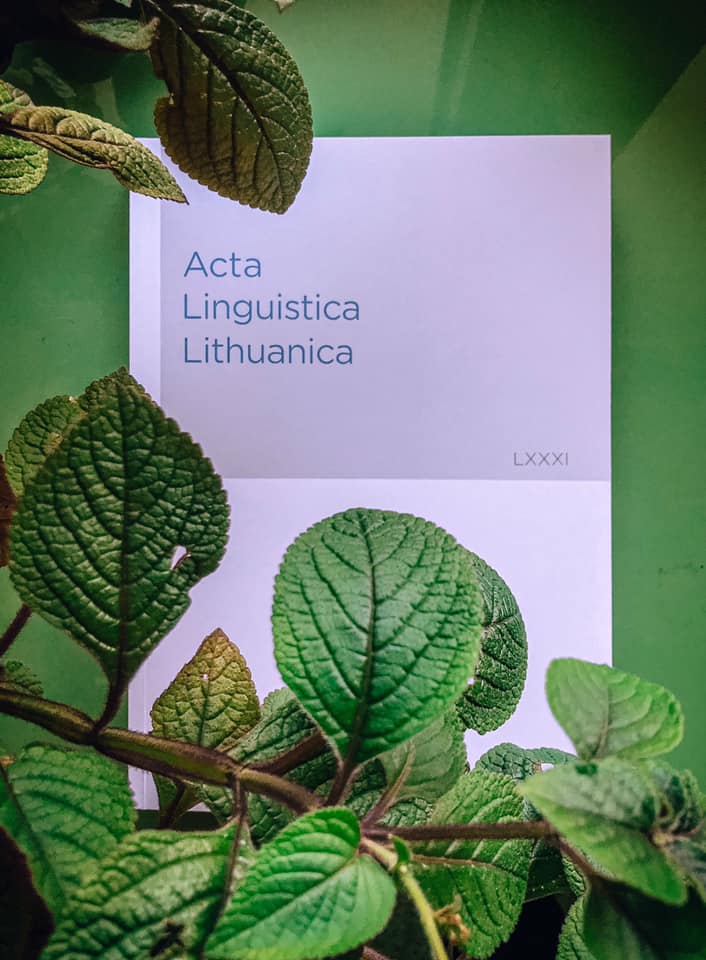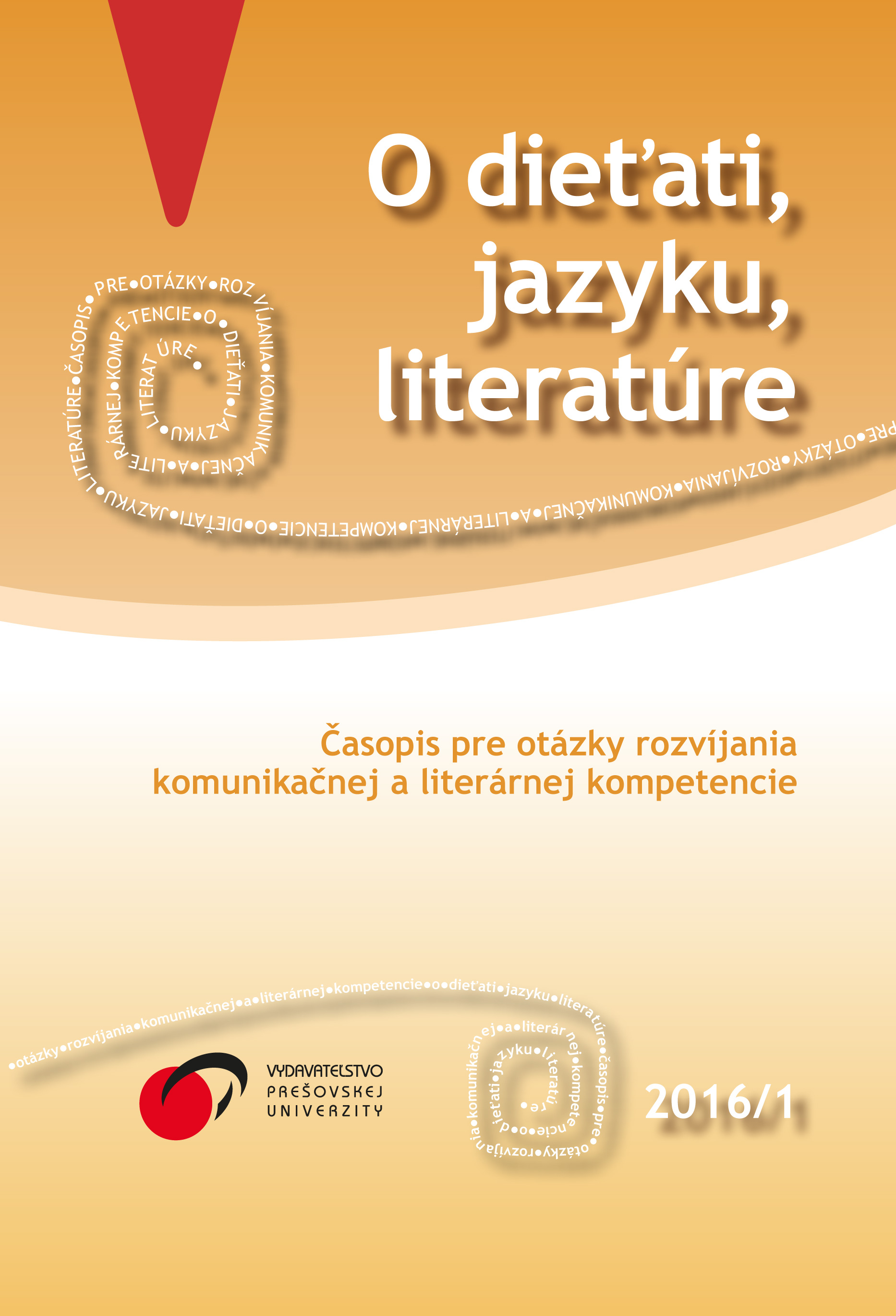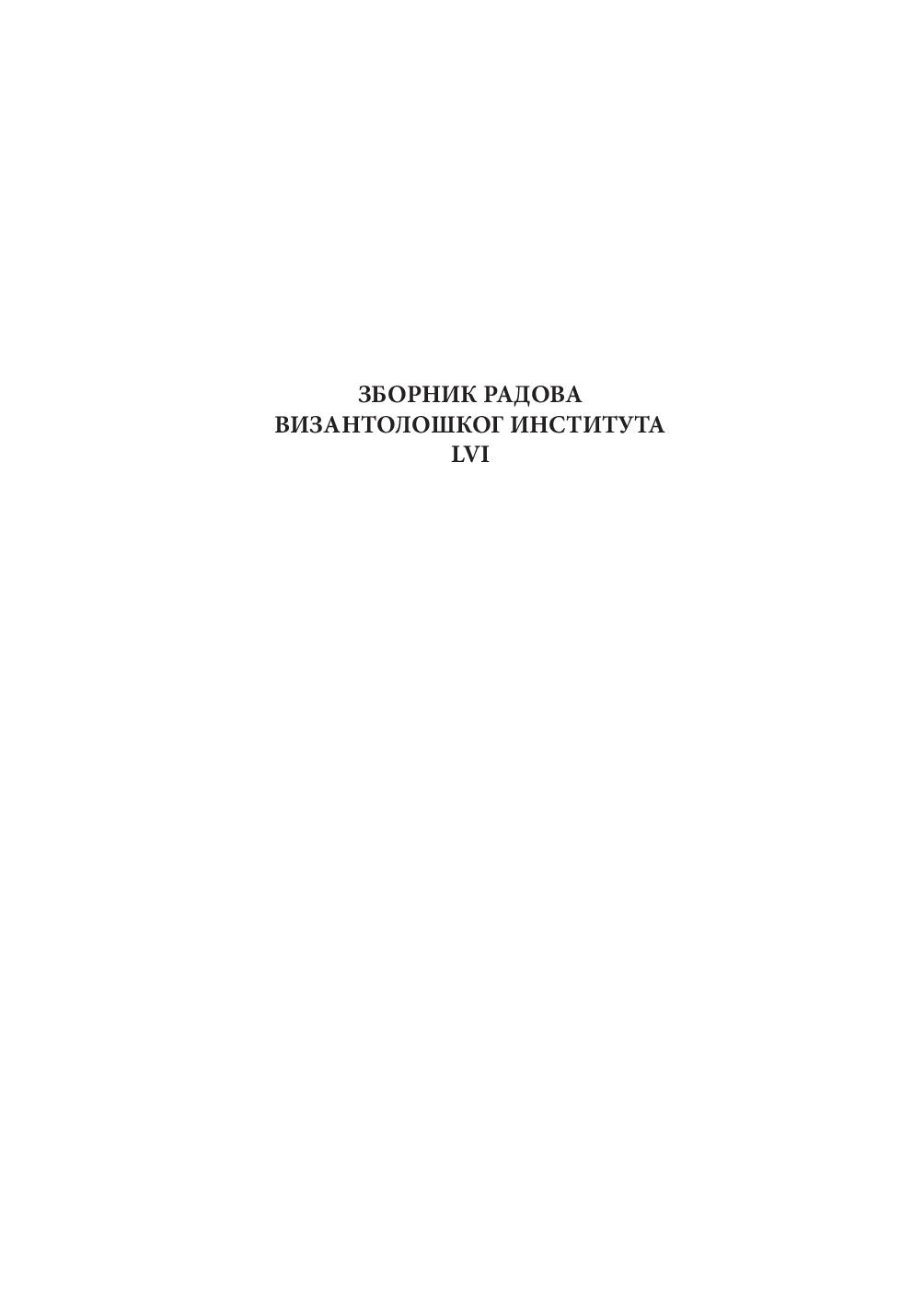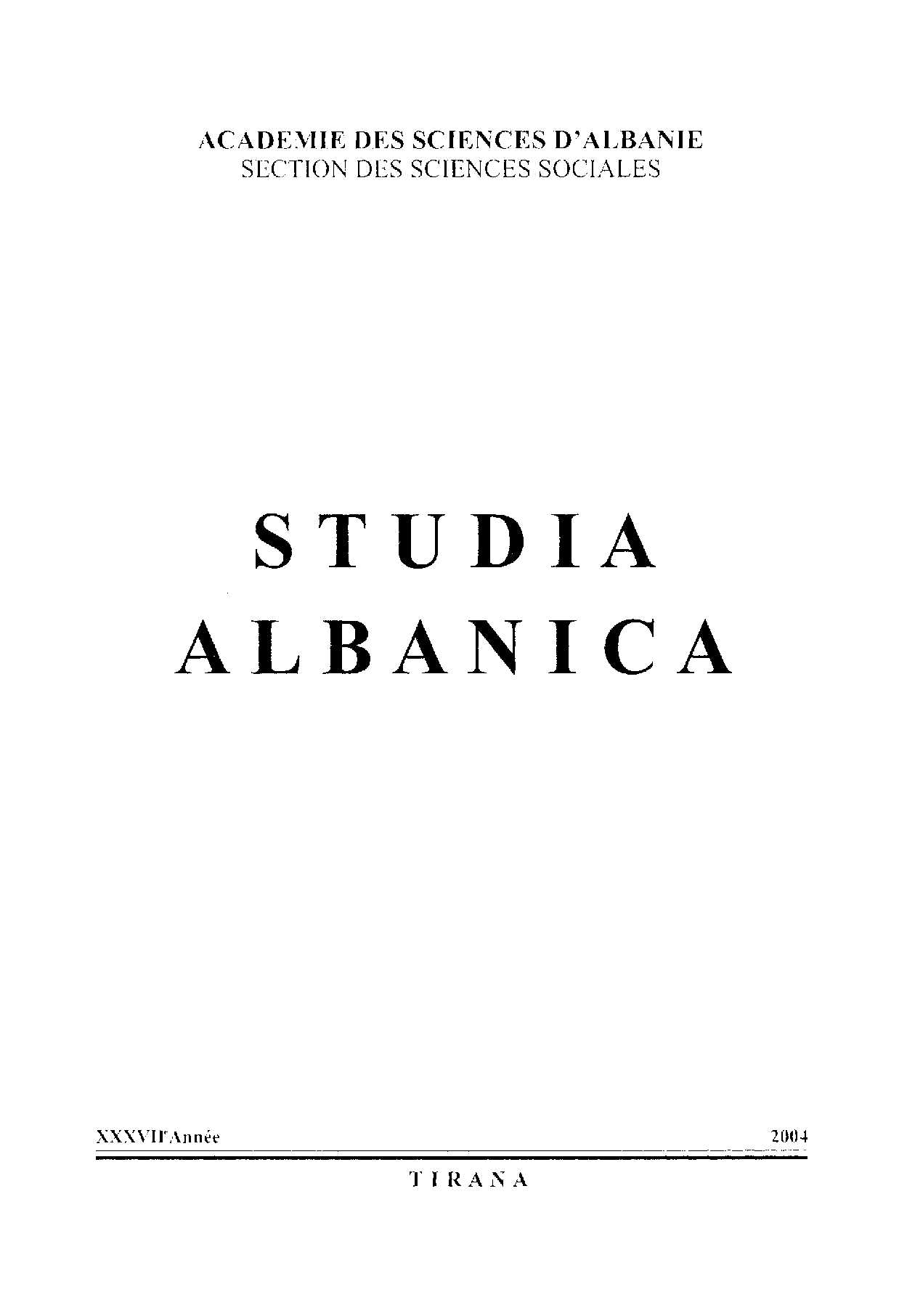
Le Congres de l'alphabet et son Role sur le Developpement du Mouvement Culturel National Albanais
Le Congrès de l'Alphabet de la langue albanaise de 1908, constitue avec le Congrès de l'Orthographe, l'un des événements les plus remarquables dans l'histoire de la culture et de la nation albanaise en général, l'une des plus grandes réussites dans le domaine de la culture du XXe siècle. Il a marqué le résultat de toute une époque dans l'histoire de la culture nationale albanaise en couronnant les efforts menés pendant des siècles pour élaborer la langue albanaise, pour élaborer un alphabet aussi précis et approprié que possible pour l'écriture de l'albanais, commun à tous les Albanais .
More...
